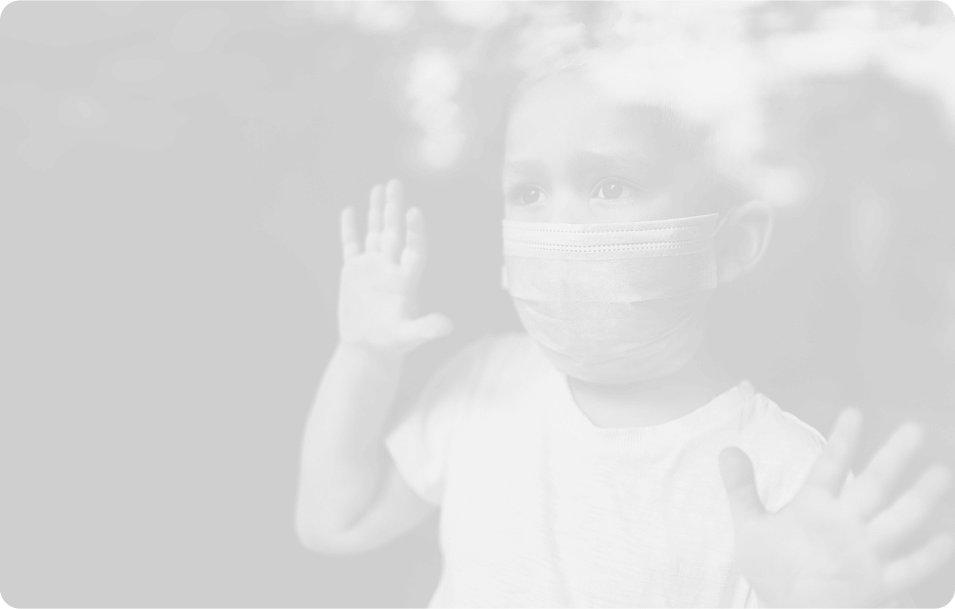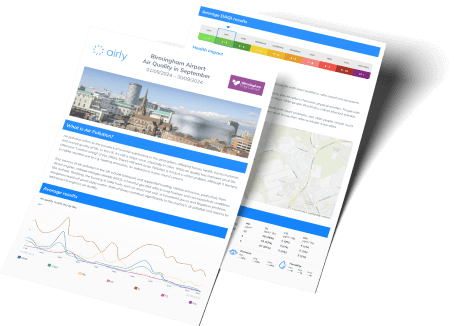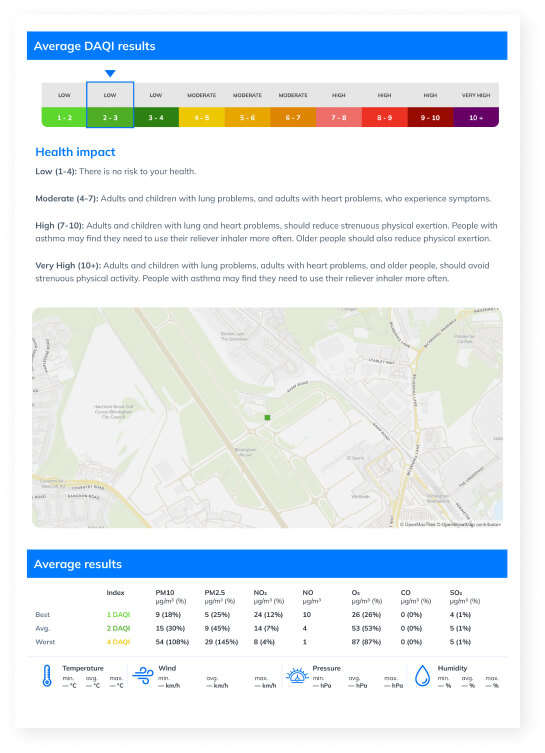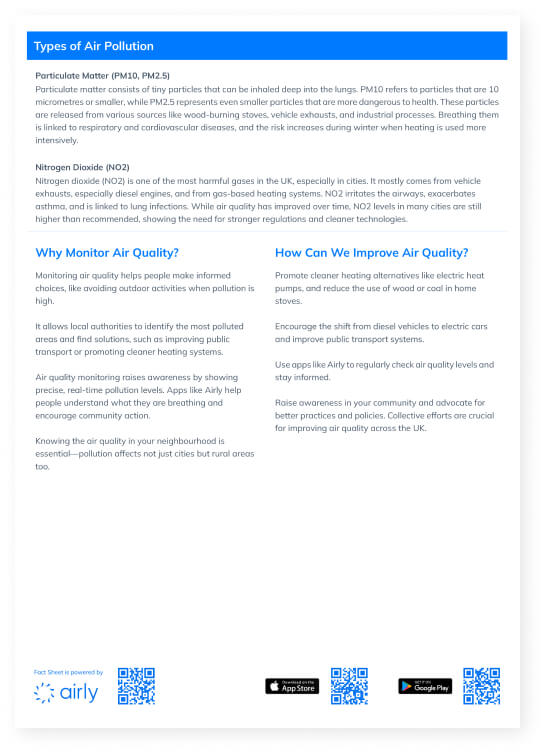Airly Automatic Fact Sheets
Communicating air pollution recommendationsand warnings to local community effectively
Book a demo
Smog is one of the leading causes of death
Air pollution is now the second leading cause of death worldwide, right after hypertension.


Education about smog will help protect our children
To address the smog problem, we mustbegin by educating local communities.
To this end, local governments should:
How it works

The Airly sensor collects air quality data and automatically sends it to the Airly platform.

With the help of automation, the Airly platform:
- presents data in an accessible format,
- generates insights,
- provides ready-made educational content and allows users to add custom content.

The Airly platform allows you to export a file with information and send it to residents.
With Airly Automatic Fact Sheets, you can:
Analyse air quality in real time and plan actions to improve it, involving various office departments as needed.
Send air quality information to schools and other educational institutions, enabling them to implement protective measures, such as cancelling outdoor PE lessons.
Send automatic warnings and recommendations to residents, for example, advising them to limit outdoor activities.
Increase local community awareness to encourage positive changes in social attitudes and behaviours, such as:
showing how air quality is affected by daily habits
spreading knowledge about the health impacts of air pollution
providing targeted information to hospital staff, patients, and families, particularly in cardiology and pulmonary departments




